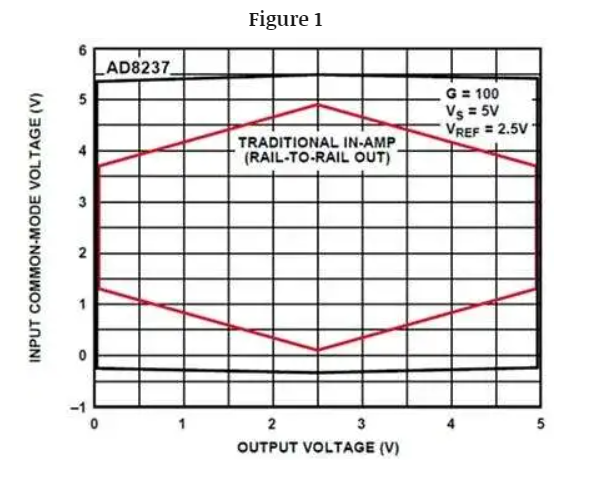I am applying a high load (150-200lbf) to a (mV Wheatstone bridge) load cell rated for 200lbf (link to datasheets at bottom), and amplifying the differential signal with the INA121 instrumentation amplifier. I am using a pretty basic circuit, with a gain of ~30 (1.69kOhm gain resistor), and the amplifier and load cell are both powered by 5V/GND power from an Arduino.
The circuit works as expected, linearly amplifying the load cell signal, up until the output voltage approaches ~2.3V (corresponding to 75mV differential voltage, or ~150lbf).
After reaching this point, when I increase the load, I can measure the differential voltage increasing at the input terminals of the amplifier. However, the output signal changes minimally, reaching a maximum of around 2.5V, even though I have tested the amplifier to be able to reach up to 4V just connecting the inputs to high and ground.
I can't seem to figure out what is wrong with the circuit, it's especially weird to me that I can measure that the load cell is outputting the correct differential signal at the amplifier pins, but it just isn't being amplified correctly even though the amplified signal is nowhere near the maximum output of the amplifier. I could be misunderstanding something, any help would be greatly appreciated!


